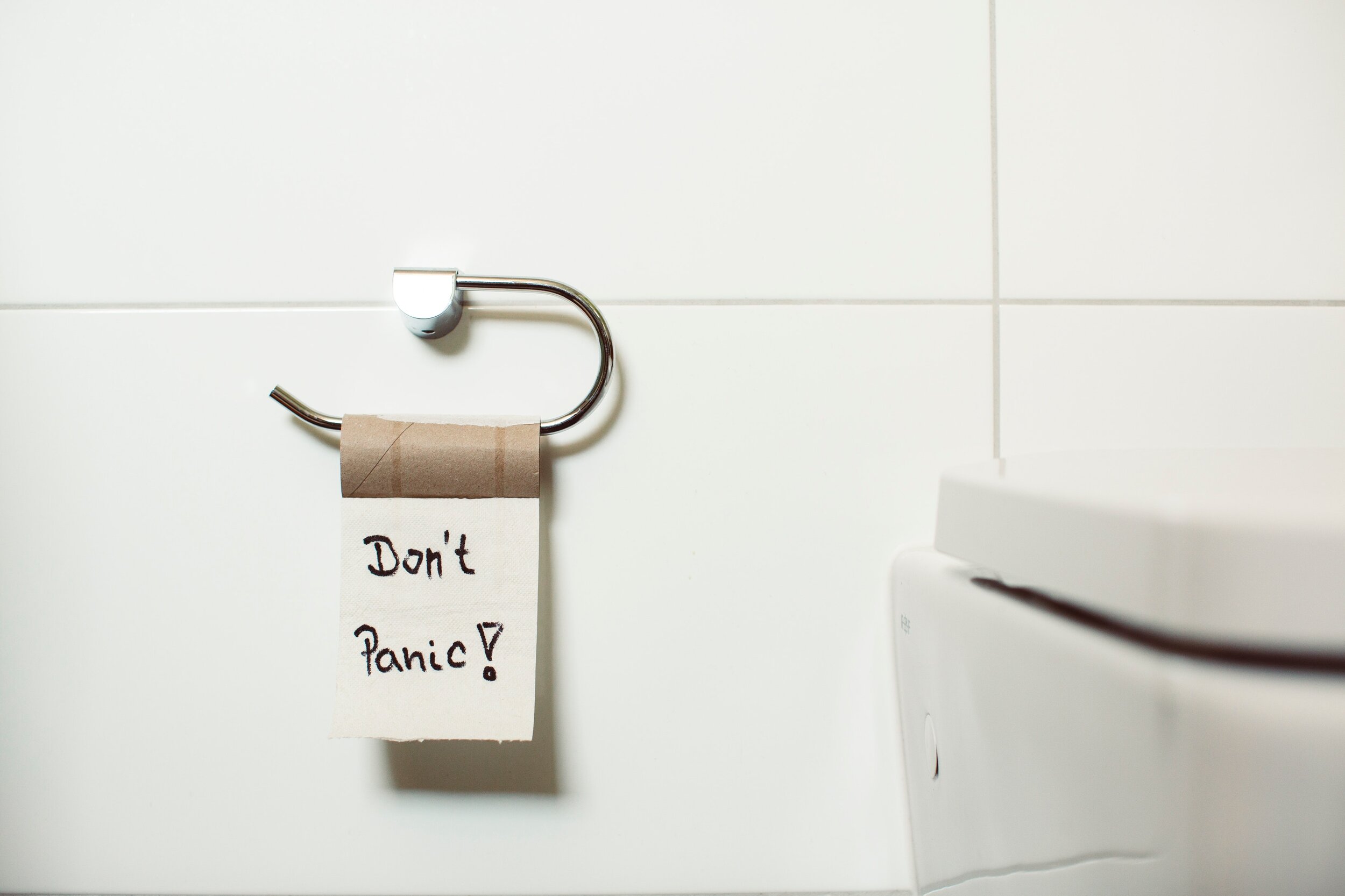6 Ways to Reduce Urge Related Urinary Incontinence
By Berrin Boyce, PT, DPT, PRPC
Urinary urge incontinence or leaking with a strong sense of urge is estimated to impact 20-30% of women. In clinical practice I frequently work with patients of all genders and ages who experience urge related incontinence that interferes with work, school, or social activities. The following is a list of tips to reduce urge related incontinence.
1. Identify Triggers.
Our brains often learn that certain sights or sounds mean we are near a restroom and it’s ok to start peeing. If you know what your triggers are, you can be prepared to try some of the following techniques to reduce urge and delay urination when you encounter them. Common triggers include:
Sound of running water
Doing dishes
Showering
Arriving home
2. STOP. Don’t Rush!
I know it sounds counterintuitive to stop instead of rush to get to the restroom if you REALLY have to go, but by stopping, even sitting down if you are standing can help calm the nervous system and reduce an overwhelming sense of urgency.
3. Take a few, slow deep breaths.
Just like tip #2 taking slow, deep breaths can help calm your nervous system and help settle the intense urge sensation long enough to slowly walk to the restroom.
4. Perform pelvic floor contractions.
Contracting the pelvic floor or “squeezing and lifting” the pelvic floor muscles as if you were trying to stop the flow of urine, not only closes the urethra (where urine comes out), but it also sends a signal to the bladder to relax, which stops urination.
You can try both quick pelvic floor contractions, 10 in 10 seconds, or squeeze and hold which increases pressure at the perineum, which in turn signals the bladder to relax.
Working with a pelvic floor physical therapist can be helpful to ensure you are doing pelvic floor contractions properly and build strength to support the bladder and urethra.
5. Pee on a schedule.
On average we typically should have to urinate every 3-4 hours. If you are outside this range, either urinating closer to every hour or holding for 5-6 hours your bladder can get used to signaling an urge before your bladder is actually full, or suppressing the sensation to urge until it is too late. Use a schedule of every 2 hours or so, then slowly try to increase the time between voids by 15 minutes each week.
6. Drink more water.
Similar to tip #2 this can sound counterintuitive, but drinking more water (the goal is usually half your body weight in ounces of water/day) can help dilute the urine’s concentration to be less irritating to the bladder.
For more information about health bladder habits click here.
Click here to schedule an appointment with the pelvic health expert at MEND today.

